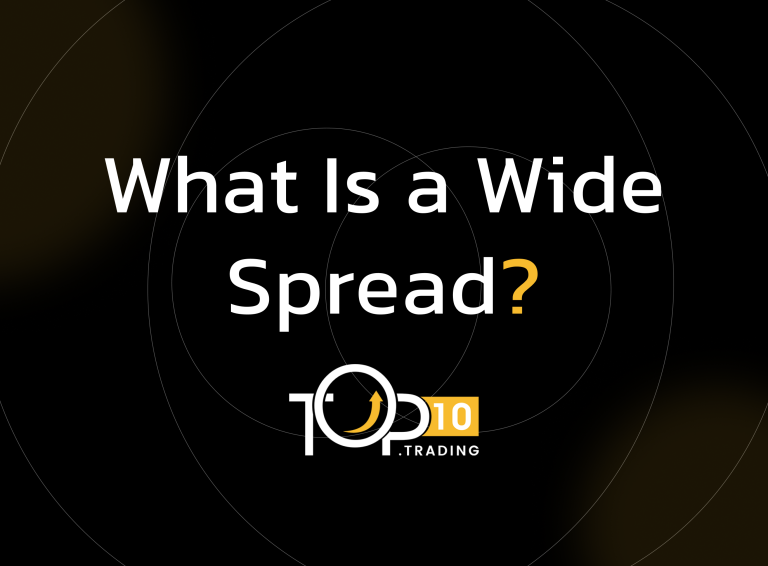Wide Spread Definition

A wide spread refers to a situation in which the difference between the bid price (the highest price a buyer is willing to pay) and the ask price (the lowest price a seller is willing to accept) is relatively large. A wide spread typically indicates lower liquidity in the market or higher volatility, and can result in higher trading costs for investors, as they must pay more to enter or exit a position.
Key Takeaways
- A wide spread occurs when the difference between the bid and ask price is large.
- It is often a sign of low liquidity or high volatility in a market.
- Traders may face higher costs when entering or exiting positions due to the larger spread.
- A wide spread can occur in less liquid markets, such as small-cap stocks or during periods of market uncertainty.
How a Wide Spread Works
The spread is a key indicator of market liquidity. When liquidity is low, such as in less frequently traded assets or during periods of high market volatility, the bid-ask spread tends to widen. This means that buyers will have to pay a higher price than the most recent sale price, and sellers will receive a lower price. As a result, traders or investors will incur a larger cost when they buy or sell the asset, which can make short-term trading more expensive.
For example, if the bid price of a stock is $10.00 and the ask price is $10.50, the spread is $0.50. A wider spread, such as $10.00 bid and $11.00 ask, indicates a $1.00 difference between buying and selling prices, which could be costly for traders.
n the bid price (the highest price a buyer is willing to pay) and the ask price (the lowest price a seller is willing to accept) is relatively large. A wide spread typically indicates lower liquidity in the market or higher volatility, and can result in higher trading costs for investors, as they must pay more to enter or exit a position.
Examples of a Wide Spread
- In the foreign exchange (Forex) market, if the bid-ask spread for a currency pair like EUR/USD is 0.0005 (5 pips), this is considered a narrow spread. If the spread widens to 0.0100 (100 pips), this indicates a wide spread, which could occur during periods of high volatility or when trading exotic currencies.
- In stocks, a wide spread might occur in thinly traded stocks or during after-hours trading when fewer participants are active in the market.
Benefits of Recognizing a Wide Spread
- Cost Awareness: Knowing when spreads are wide can help traders factor in the increased costs of entering and exiting trades.
- Risk Management: Traders can use the wide spread as an indicator of market conditions, allowing them to adjust their strategies accordingly.
- Opportunities: In some cases, wide spreads can present opportunities for experienced traders to profit from price discrepancies.
Costs and Limitations
- Increased Trading Costs: A wide spread means traders must pay more to buy and receive less when they sell, which increases the cost of trading.
- Reduced Liquidity: A wider spread often signals that there are fewer market participants, which could make it harder to execute trades at desired prices.
- Slippage: With a wide spread, slippage can be more significant, as the market price may move further away from the expected entry or exit price during the trade.
Who Uses the Wide Spread Concept?
- Active Traders: Who need to be mindful of the increased costs when trading in markets with wide spreads.
- Market Makers: Often quote both a bid and an ask price and benefit from the spread, which compensates them for providing liquidity.
- Institutional Investors: Who might use the spread as part of their liquidity analysis when entering or exiting large positions.
- Forex and Equity Traders: Those who trade currencies or stocks with varying levels of liquidity need to consider the spread when making decisions.
